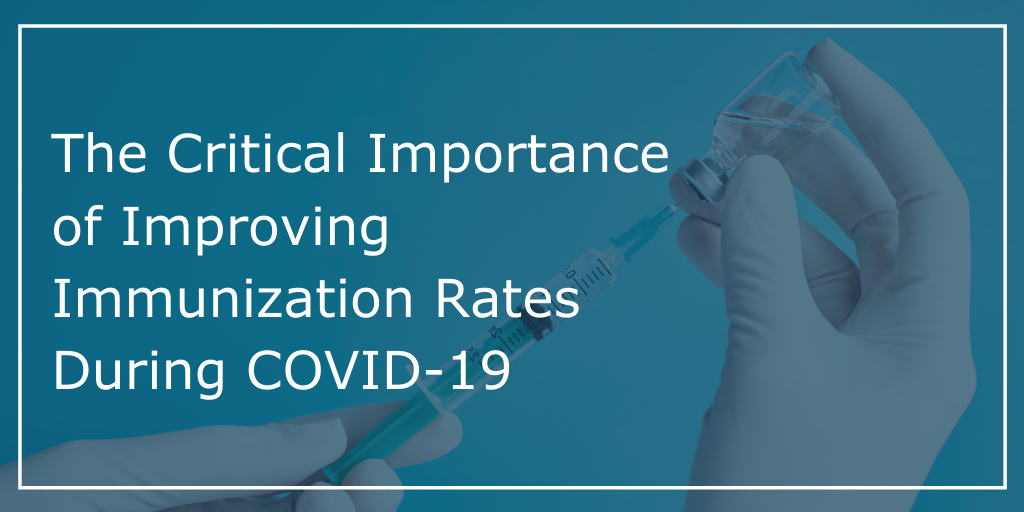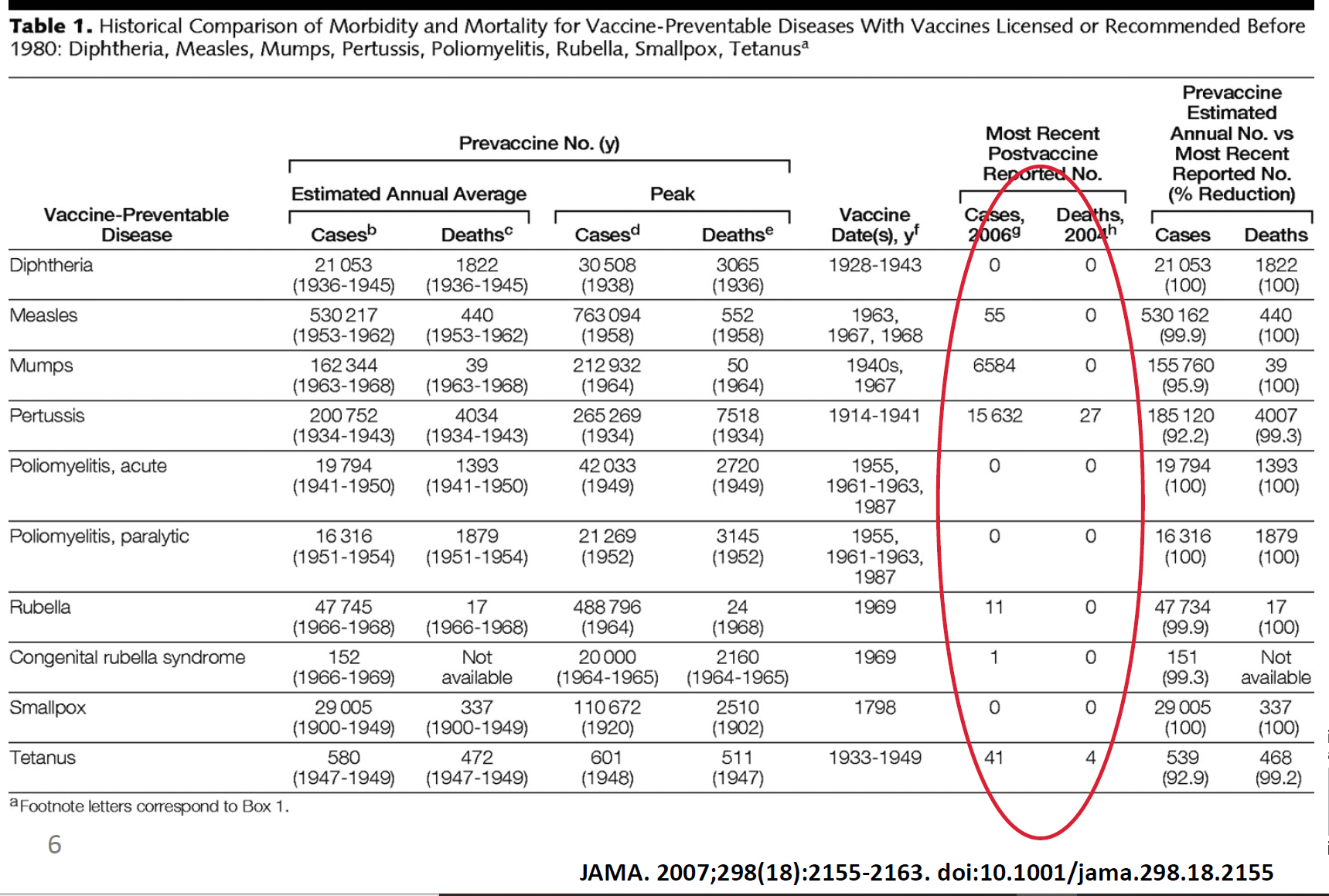
We recently hosted a vaccine webinar with Dr. L.J. Tan, MS PhD, Chief Strategy Officer of the Immunization Action Coalition. Dr. Tan shared the importance of routine immunizations in public health, the impact of the COVID-19 pandemic on immunization coverage rates, and the consequences of a failure to protect against influenza this upcoming flu season. We will be sharing excerpts from the webinar in a series of blogs over the next few weeks.
Improving Immunization Rates
Why is it important to improve immunization rates? Vaccines have been proven to eliminate diseases. Since 1949, smallpox, polio, measles and rubella have been eliminated from the US. The historical comparison of morbidity and mortality rates for vaccine-preventable diseases show this success.

In addition, the cost burden of 4 adult vaccine-preventable diseases in persons age 65 years and older, in the US in 2013 was $15.3M. That climbs by an additional $11.2B when ages 50-64 are included. Unvaccinated individuals are responsible for almost 80% of the financial burden.
Impact of COVID-19 pandemic on immunization coverage rates
Beginning in Mid-March 2020, routine immunization rates dropped significantly. Due to the National Emergency declared in the United States, these rates continued to fall well into the summer months. Looking at the Tdap vaccine, the national vaccination rate for all ages was down by 30% post COVID-19 lockdown. The largest decline in vaccination was seen in the 19-64 age group, where rates were down by 32%.
This trend was seen for immunization coverage rates across all vaccines and risk/age groups. For example, there was a 67% decline in HZ vaccination coverage and an 88% reduction in use of PCF-13 at VA Facilities. Regional variability in COVID-19 infections has impacted the vaccine-seeking behavior of individuals as well. Areas with higher cases of COVID-19 have led to a decline in coverage rates.
Routine immunization rates are returning to pre-COVID levels in pediatrics, but adult immunization rates continue to lag behind. Catch-up vaccination remains absent in both pediatrics and adults, leading to large numbers of under-immunization. In addition, a significant decline has also been seen in wellness visits for adults of any age, further delaying vaccination.
OTHER BLOGS YOU MIGHT BE INTERESTED IN...
- Helmer Refrigerator Safeguards Investigational Product for First US-Based Phase III Trial of COVID-19 Vaccine!
- 7 Immunization Facts You Might Not Know
- COVID-19 Refrigerated Medication Storage Challenges
- Healthcare Providers Prepare for a Huge Push of Flu Vaccinations this Fall
Routine immunizations during COVID-19 are essential preventative care for children, adolescents, and adults that should not be delayed. It protects individuals and communities from vaccine-preventable diseases and outbreaks and prevents and/or reduces illnesses that lead to unnecessary medical visits, hospitalizations and further strain on the healthcare system. Receiving influenza vaccination in the fall is critical to reduce the impact of respiratory illnesses in the population and resulting burden on the healthcare system.
As vaccine demand is coming from every angle, it is important to ensure that every dose counts. Having the right type and capacity of cold storage is critical to maintaining effective vaccination, maximizing patient vaccination rates, and reducing vaccine wastage.
Helmer Scientific offers a full range of vaccine refrigerators, freezers and ultra-low temperature freezers specifically designed for the storage of vaccines. Our solutions provide safe and effective vaccine storage and help meet CDC guidelines. We are prepared to support your storage needs, as we rise to these new vaccine challenges together.
To view the entire webinar, Flu Season Amidst COVID-19: Avoiding the Twindemic, download the recording at the link below.




